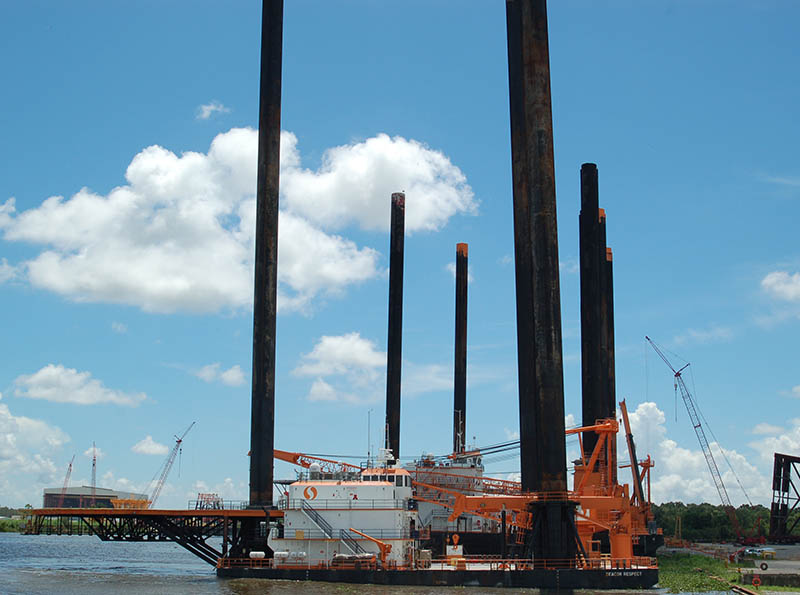In the current depressed energy price environment, more and more offshore service contractors are cold stacking equipment. The wave began with larger mobile offshore drilling units (MODUs).
Globally, utilization for the offshore MODU fleet is down to nearly 70% since the downturn began, according to the American Bureau of Shipping. As of Oct. 7, the rig utilization rate in the Gulf of Mexico (GOM) stood at 71.4%, with 35 rigs contracted out of 49 actively marketed, according to the IHS Petrodata Weekly Rig Count. The IHS rig count includes all jackups, semisubmersibles and drillships.
But with a total supply of 104 U.S. Gulf rigs, that leaves 55 rigs in various forms of cold stack, or just under 53%. That scenario drives the global and GOM OSV markets, where reactions to falling day rates, lower utilization, depreciated assets and decreased liquidity have been exacerbated by a glut of newbuilds entering the market.
As a result, warm stackings and cold stackings have been increasing. With no relief in sight, vessel owners are increasingly turning to cheaper, longer-term cold stacking to lower costs.
Cold stacking involves parking the vessel in a disabled and minimally manned (if manned at all) state. Generally, cold-stacked vessels are marginally protected with external coatings, with engines and other reciprocating parts filled with protective fluids and with sealed interiors protected by dehumidifiers. Regular maintenance, inspections and shipyard work are suspended.
The loss of seasoned crew is the biggest problem. While warm-stacked vessels retain a portion of the crew, cold-stacked vessels sometimes have no crew at all. Laid off crewmembers, especially if this is their second or third time dealing with layoffs, are reluctant to return to vessel life, especially if they have found a satisfying job ashore.
Cold stacking can provide major economic benefits during an extended market downturn. According to one Gulf OSV operator, cold stacking saves about $4.5 million dollars per year, per vessel (for higher spec vessels), including about $500,000 in regulatory docking fees. In a crisis, it can be a lifesaver or, at least, a life extender.
But when the offshore downturn ends, getting a vessel out of cold stack will not be easy or cheap. Some estimates put reactivation at $1 million per vessel. Activating engines and equipment that have not been used or fully maintained for months or years can be a problem.
But the biggest problem will be crewing the vessels.




